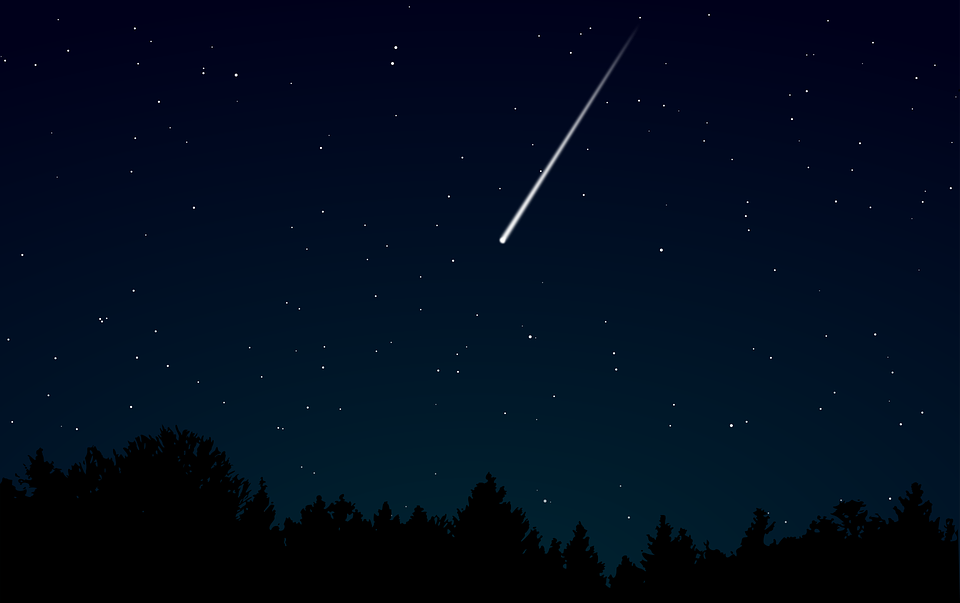Up to 130 shooting stars can be observed every hour with the arrival of the Quadrantid meteor shower. The atmospheric phenomenon will be most spectacular in the early hours of January 4, the Svábhegy Star Observatory informed MTI on Friday.
The most important and spectacular astronomical event of the beginning of the year is the arrival of the Quadrantids meteor shower – they wrote in the announcement.
According to the information, it is a meteor shower that ideally draws an average of 130 shooting stars in the northern sky per hour, thus competing with the Perseids in August (average maximum of 84) and the Geminids in December (average maximum of 88 shower meteors per hour).
Shooting stars, or meteors, are made of dust particles and pieces of rock that hurtle through space at speeds up to several times the speed of a spaceship. A long, brightly lit ion channel is created in the Earth’s upper atmosphere, which people see as a shooting star.
The parent object of the Quadrantid meteor shower is the asteroid 2003 EH1, only 3 kilometers in diameter. It is interesting that asteroids rarely produce debris clouds in their orbits that form the basis of meteor showers. However, the strange celestial body is still responsible for the Quadrantid meteor shower, which suggests that 2003 EH1 is the nucleus of comet C/1490 Y1, observed by astronomers in the Far East five hundred years ago. This object could have left behind the thin cloud of dust that meets the Earth every year in the first days of January, crossing our planet’s orbit around the Sun, they wrote.
According to the information, the best time to observe the Quadrantids is the hours before dawn on Thursday. The radiance of the swarm rises to its highest point at six o’clock in the morning and will approach the height above the eighty-degree horizon in the eastern sky. “The Moon will not help us this time, it is relatively close to the radiant, it will shine in the constellation of Virgo in a phase of 49 percent, which will certainly make it difficult to detect the 3-6 magnitude meteors that make up the majority of the Quadrantids,” they add. At the same time, the swarm also abounds in very bright fireballs, so with a favorable sky there is a good chance for a spectacular, memorable shooting star show. The only thing to do is to look for a dark area, free from city lights – in Budapest, for example, in Normafa or Hármashatár-hegy – reads the announcement.
A detailed description of the phenomenon and its observation can be found on the website of the Svábhegy Star Observatory (https://svabhegyicsillagvizsgalo.hu/).
(MTI)











